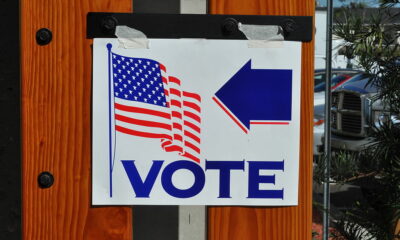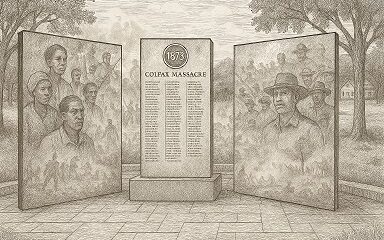Mississippi Today
Q&A: Harvard Chan’s Program Leadership weighs in on improving Mississippi’s public health
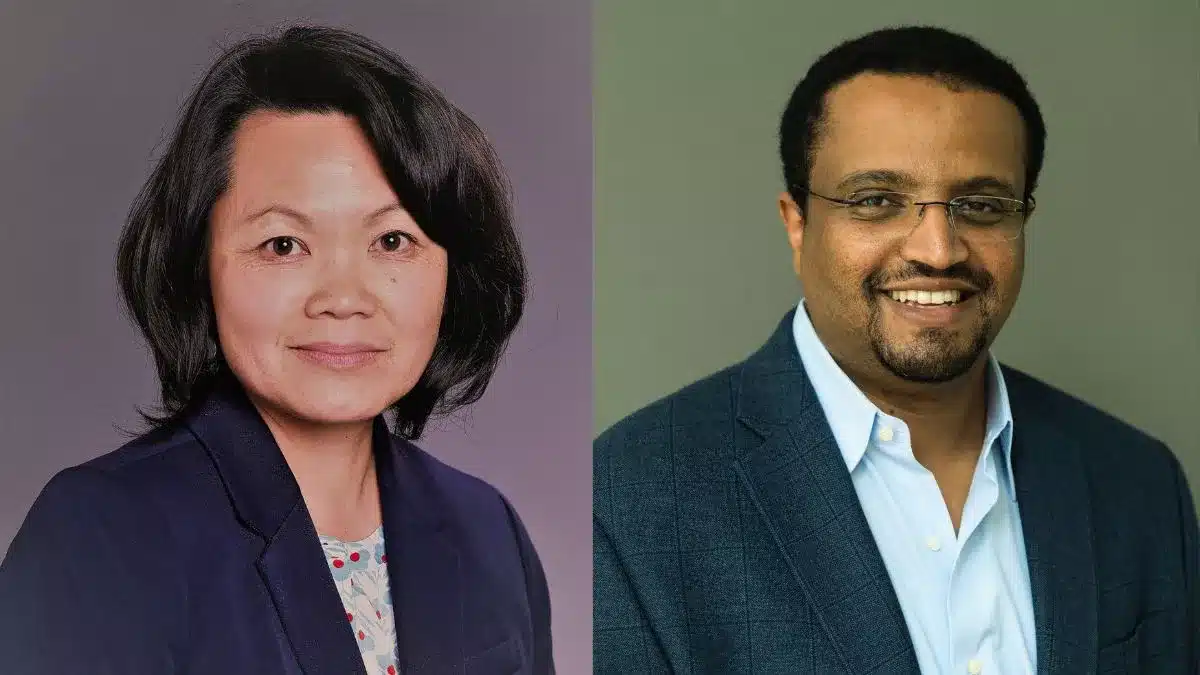

Reporter Pam Dankins spoke with Jocelyn Chu, director of the community engaged learning fellowships program at Harvard University, and Bizu Gelaye, program director for the Mississippi Delta Partnership in Public Health program at Harvard University, about the importance of Harvard T.H. Chan School of Public Health initiatives and its efforts to influence positive public health outcomes in the Mississippi Delta.
Through the Mississippi Delta Partnership in Public Health and the Winokur, Jr. Fellowship in Public Health for the Mississippi Delta, Harvard Chan’s faculty, staff and students have partnered with community-based and nonprofit organizations in Mississippi.
Several Harvard Chan students have worked closely in recent years with the Children’s Foundation of Mississippi, where they researched and helped draft a Blueprint for Improving the Future of Mississippi’s Children designed to offer suggestions to policy makers on how to make the biggest impact on the state’s children. Students also worked with Baby University, a free eight-week parenting course for Delta families with children under three years old.
Chu and Gelaye’s work focuses on fellowships that enable Harvard Chan School graduate schools to do field work in the Delta and working with local leaders on public health issues.
This Q&A has been edited for length and clarity.
Pam Dankins: How did Harvard Chan begin to form partnerships between its students and public health organizations in Mississippi?
Bizu Gelaye: I think Dean Williams was featured the last time in a Q&A, where she mentioned the long history that the school has with Mississippi partners. About five years ago, the school leadership decided to have a more comprehensive approach and to engage with collaborators in Mississippi in various forms. So both Jocelyn, myself and another faculty member had an opportunity to travel to Clarksdale to attend the Delta Regional Forum (an assembly aimed at engaging practitioners and scholars to work alongside Delta Region partners and learn about population health from each other).
After we came back, this idea of Mississippi Delta Partnership in Public Health was created, which has three large components, the first one being research collaboration. Not for Harvard faculty members to come and research on topics that interest them, but something that is beneficial, urgent, and priorities for folks in Mississippi and for our faculty members to add value to existing work that’s already happening in the Delta.
The second one is around mentoring and providing opportunities, particularly for pipeline programs. We haven’t had a sustained engagement, so the goal was to try and partner with existing programs. There was the Delta Summer Institute that provides training opportunities to students from around the Delta (to have) firsthand real applied experience of what it means to work with the community, on community engagement and different activities, but public health was not included. We felt this could be a nice opportunity for students from Mississippi to be part of a public health training that also provides them with sustained mentoring throughout their careers. And the last part is providing opportunities for our students who are really engaged in meaningful community-engaged learning activities. So it’s within those three broad opportunities or initiatives that we decided to create this partnership. And this Blueprint (for Improving the Future of Mississippi’s Children) is just one of the components.
Jocelyn Chu: Just to build upon what Bizu mentioned. It is a pretty comprehensive approach that it’s not just for students. It is thinking about engagement of faculty, engagement of students who are undergraduates or/and graduates who are in Mississippi or in the region. The work with the Children’s Foundation started through a conversation with its executive director, Linda Southward. When she was up in Boston back in November of 2019, and it just happened that we were sitting around a table and she talked about her organization and I said, “do you think you’d need any (Harvard public health) students to come alongside and work with you?” We found ourselves in the middle of a pandemic in the summer of 2020, so there were two students that started working with Linda and putting together what she called the first Blueprint for Children’s Health in Mississippi.
Dankins: Chu, you mentioned in a blog on the school’s site about how there’s this need to kind of shift our narratives when we go to different locations in Mississippi. So, what is Harvard Chan’s approach to reduce stigma and discrimination in healthcare settings, especially against marginalized populations?
Chu: That’s a really good question.
I think we’ve been talking a lot about shifting the narrative. After the first time we visited Clarksdale, and then we debriefed, we said there is something in what we experienced and the people that we met. There’s something there that we can learn from and learn more about. Oftentimes, I think in any institution, especially elite institutions, there’s an idea that we go and help or rescue. I want to bring back to school and to campus and into classrooms the idea that we hold a dominant story, a dominant narrative, but it’s an incomplete narrative. It’ll take, what I call proximity or going into the community and immersing ourselves. That’s why our fellowships bring students to a location, and they’re required to stay there for a six to eight week range.
There are many parts to a place. It is knowing and accepting that there is going to be complexity and contradictions that we will find. Now coming back and being in person, we’re hoping to be able to organize a series of conversations at the Chan School by bringing in speakers. We want to also have our students who were in Mississippi over the summer share their work. We have to continue having that exchange and continue to bring rural health and rural health equity into conversation at the school. I think we tread carefully and slowly and make sure that we are working alongside others and coming together as conveners and facilitators of conversations and learning.
Dankins: Right now we are focusing on adults, but how do you take those tools and practices and transfer that knowledge down to younger children in that age range of 0-18?
Gelaye: The more you generate evidence and you try to show that those are effective, I think the more people are going to be able to appreciate and say that okay, this works in this setting. We have to generate evidence but also change how we communicate the evidence. We have to bring the communication in ways where people can understand it, where people live, pray and eat. We have to use the tools of social media that young people are more likely to understand than our outdated means of communication, which is publishing in high-tier academic journals that nobody reads.
Chu: When you mentioned this, Pamela, I was just thinking about the young people that we got to interact with when we went to Clarksdale. I think it is putting the power and determination, sort of self determination, into the hands of young people. I think change is sort of shifting that power over to young people. They determine their future and invest in the communities that they are familiar with or that is their home, and they have the right to say something about it. Those projects that the Delta scholars embark on have lots of great potential, and they want to see change in so many different areas that determine health.
Dankins: Gelaye, what data through your research have you found that emphasizes why studying children, age 0-18 in Mississippi, health is important? Can you state them?
Gelaye: That’s a great question.
I don’t want to say just “children’s health” because I think when we say maternal and child health, the two are related to each other because pre-pregnancy health determines pregnancy outcomes and child health. A child who is born preterm, their long-term health outcomes is predestined, so to speak. It’s pre-programmed. A person who is born too early, which is often one of the biggest problems that we see in many counties in the Delta, which have the highest rates of preterm birth, will develop long-term complications in adulthood, including neurodevelopmental, cardiovascular outcomes, premature mortality, and all the health outcomes one can think of.
There are some incredible organizations that do a great job in Mississippi. One that I have recently learned, and I really appreciate their work, is MomMe. They provide postpartum services and mental health services in Mississippi. I think trying to capitalize on those initiatives supporting mothers better will, in turn, support the children. We have research that comes out of the Center on the Developing Child at Harvard University that the first 1,000 days are really critical for brain and health development of a child. They’re set up for life based on what is provided in those sensitive or critical periods in the first five years. By just looking at one aspect, we may not necessarily be able to appreciate the complexities that exist in the living environment, in the ecosystem that affect both maternal and child health.
Dankins: Are there any future initiatives or research projects in the making to continue Harvard Chan’s efforts in improving public health?
Chu: Hopefully, we’re going to be hosting some conversation seminars in the fall that include our students that were in the field or in Mississippi for the summer and bringing in some speakers. In November, we’re hosting the undergrad Delta scholars (undergraduate students who a committee of community partners and respective academic institutions selects from schools across the US to participate in a summer program of research and projects in Mississippi) that are coming up to Boston which will be another chance to bring the work into the school community.
Gelaye: With research, one is Jackson State University as a lead institution in collaboration with the Mississippi State Department of Health, Harvard and a few other collaborators that are about to get funding from the National Institute of Child Health and Development (NICHD) trying to create a center of excellence for maternal health research. So we’re looking forward to participating in that effort and hopefully engaging students from Mississippi as well as students from Harvard to take part in that.
The other activity that we’re trying to do in the Delta is work with community health centers like the Aaron E. Henry Community Health Center in Coahoma County. Through an initiative called The Right! From the Start (R!FTS) led by Sannie Snell, a social worker and public health advocate who has done great work in neonatal intensive care unit (NICU) babies. Snell is trying to really expand on addressing maternal health by working from the grassroots. The idea is if we can work with the policy and higher level with the Health Department but also with community health centers at the grassroots level, then we’re able to make a difference in addressing the burden of maternal morbidity and mortality.
This article first appeared on Mississippi Today and is republished here under a Creative Commons license.
Mississippi Today
Speaker White wants Christmas tree projects bill included in special legislative session
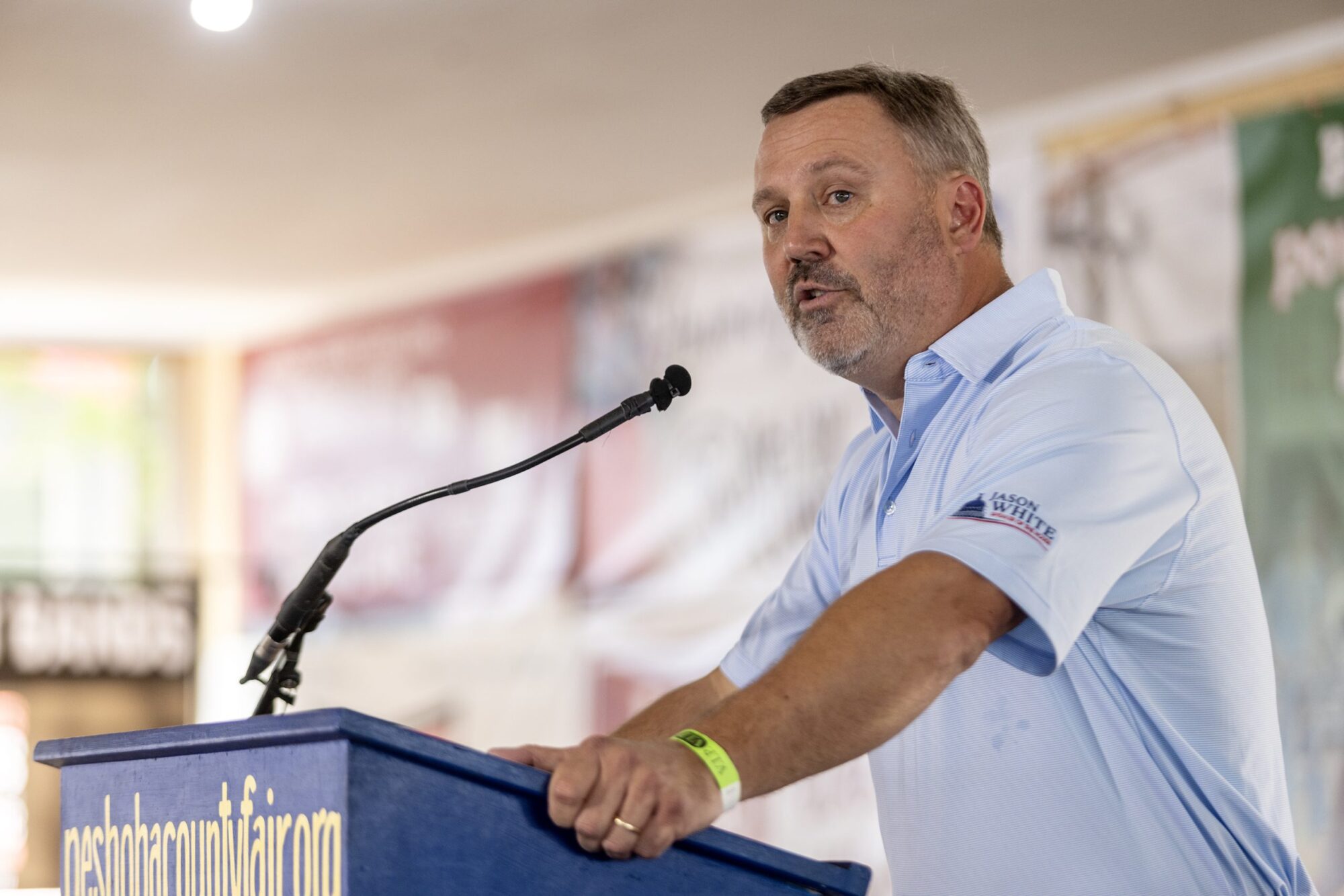
House Speaker Jason White sent a terse letter to Lt. Gov. Delbert Hosemann on Thursday, saying House leaders are frustrated with Senate leaders refusing to discuss a “Christmas tree” bill spending millions on special projects across the state.
The letter signals the two Republican leaders remain far apart on setting an overall $7 billion state budget. Bickering between the GOP leaders led to a stalemate and lawmakers ending their regular 2025 session without setting a budget. Gov. Tate Reeves plans to call them back into special session before the new budget year starts July 1 to avoid a shutdown, but wants them to have a budget mostly worked out before he does so.
White’s letter to Hosemann, which contains words in all capital letters that are underlined and italicized, said that the House wants to spend cash reserves on projects for state agencies, local communities, universities, colleges, and the Mississippi Department of Transportation.
“We believe the Senate position to NOT fund any local infrastructure projects is unreasonable,” White wrote.
The speaker in his letter noted that he and Hosemann had a meeting with the governor on Tuesday. Reeves, according to the letter, advised the two legislative leaders that if they couldn’t reach an agreement on how to disburse the surplus money, referred to as capital expense money, they should not spend any of it on infrastructure.
A spokesperson for Hosemann said the lieutenant governor has not yet reviewed the letter, and he was out of the office on Thursday working with a state agency.
“He is attending Good Friday services today, and will address any correspondence after the celebration of Easter,” the spokesperson said.
Hosemann has recently said the Legislature should set an austere budget in light of federal spending cuts coming from the Trump administration, and because state lawmakers this year passed a measure to eliminate the state income tax, the source of nearly a third of the state’s operating revenue.
Lawmakers spend capital expense money for multiple purposes, but the bulk of it — typically $200 million to $400 million a year — goes toward local projects, known as the Christmas Tree bill. Lawmakers jockey for a share of the spending for their home districts, in a process that has been called a political spoils system — areas with the most powerful lawmakers often get the largest share, not areas with the most needs. Legislative leaders often use the projects bill as either a carrot or stick to garner votes from rank and file legislators on other issues.
A Mississippi Today investigation last year revealed House Ways and Means Chairman Trey Lamar, a Republican from Sentobia, has steered tens of millions of dollars in Christmas tree spending to his district, including money to rebuild a road that runs by his north Mississippi home, renovate a nearby private country club golf course and to rebuild a tiny cul-de-sac that runs by a home he has in Jackson.
There is little oversight on how these funds are spent, and there is no requirement that lawmakers disburse the money in an equal manner or based on communities’ needs.
In the past, lawmakers borrowed money for Christmas tree bills. But state coffers have been full in recent years largely from federal pandemic aid spending, so the state has been spending its excess cash. White in his letter said the state has “ample funds” for a special projects bill.
“We, in the House, would like to sit down and have an agreement with our Senate counterparts on state agency Capital Expenditure spending AND local projects spending,” White wrote. “It is extremely important to our agencies and local governments. The ball is in your court, and the House awaits your response.”
This article first appeared on Mississippi Today and is republished here under a Creative Commons Attribution-NoDerivatives 4.0 International License.
Mississippi Today
Advocate: Election is the chance for Jackson to finally launch in the spirit of Blue Origin
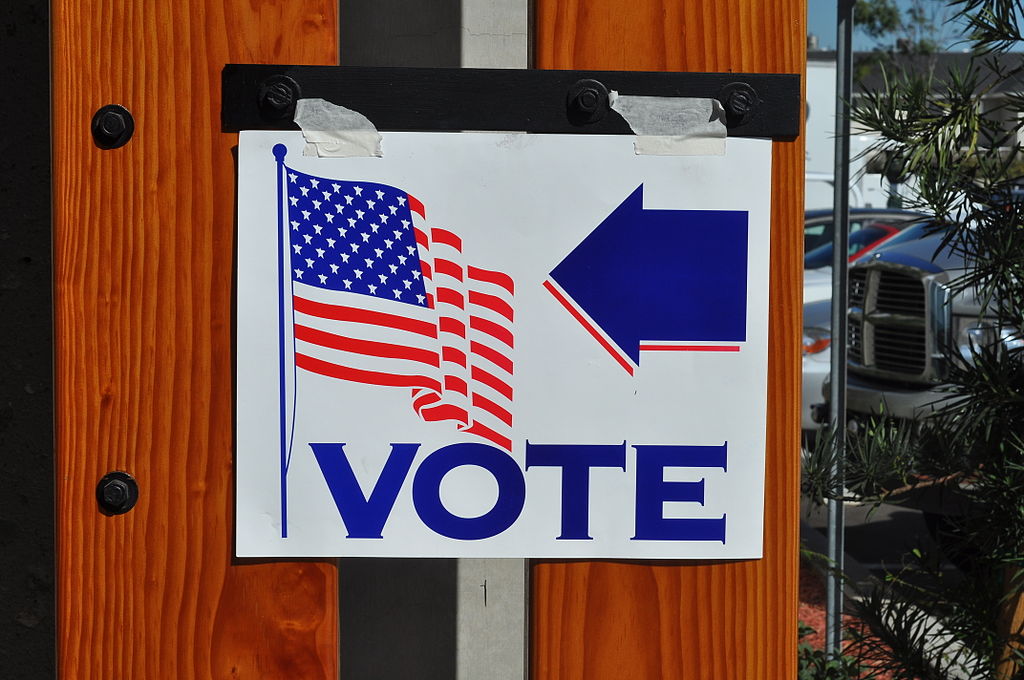
Editor’s note: This essay is part of Mississippi Today Ideas, a platform for thoughtful Mississippians to share fact-based ideas about our state’s past, present and future. You can read more about the section here.
As the world recently watched the successful return of Blue Origin’s historic all-women crew from space, Jackson stands grounded. The city is still grappling with problems that no rocket can solve.
But the spirit of that mission — unity, courage and collective effort — can be applied right here in our capital city. Instead of launching away, it is time to launch together toward a more just, functioning and thriving Jackson.
The upcoming mayoral runoff election on April 22 provides such an opportunity, not just for a new administration, but for a new mindset. This isn’t about endorsements. It’s about engagement.
It’s a moment for the people of Jackson and Hinds County to take a long, honest look at ourselves and ask if we have shown up for our city and worked with elected officials, instead of remaining at odds with them.
It is time to vote again — this time with deeper understanding and shared responsibility. Jackson is in crisis — and crisis won’t wait.
According to the U.S. Census projections, Jackson is the fastest-shrinking city in the United States, losing nearly 4,000 residents in a single year. That kind of loss isn’t just about numbers. It’s about hope, resources, and people’s decision to give up rather than dig in.
Add to that the long-standing issues: a crippled water system, public safety concerns, economic decline and a sense of division that often pits neighbor against neighbor, party against party and race against race.
Mayor Chokwe Antar Lumumba has led through these storms, facing criticism for his handling of the water crisis, staffing issues and infrastructure delays. But did officials from the city, the county and the state truly collaborate with him or did they stand at a distance, waiting to assign blame?
On the flip side, his runoff opponent, state Sen. John Horhn, who has served for more than three decades, is now seeking to lead the very city he has represented from the Capitol. Voters should examine his legislative record and ask whether he used his influence to help stabilize the administration or only to position himself for this moment.
Blaming politicians is easy. Building cities is hard. And yet that is exactly what’s needed. Jackson’s future will not be secured by a mayor alone. It will take so many of Jackson’s residents — voters, business owners, faith leaders, students, retirees, parents and young people — to move this city forward. That’s the liftoff we need.
It is time to imagine Jackson as a capital city where clean, safe drinking water flows to every home — not just after lawsuits or emergencies, but through proactive maintenance and funding from city, state and federal partnerships. The involvement of the U.S. Environmental Protection Agency in the effort to improve the water system gives the city leverage.
Public safety must be a guarantee and includes prevention, not just response, with funding for community-based violence interruption programs, trauma services, youth job programs and reentry support. Other cities have done this and it’s working.
Education and workforce development are real priorities, preparing young people not just for diplomas but for meaningful careers. That means investing in public schools and in partnerships with HBCUs, trade programs and businesses rooted right here.
Additionally, city services — from trash collection to pothole repair — must be reliable, transparent and equitable, regardless of zip code or income. Seamless governance is possible when everyone is at the table.
Yes, democracy works because people show up. Not just to vote once, but to attend city council meetings, serve on boards, hold leaders accountable and help shape decisions about where resources go.
This election isn’t just about who gets the title of mayor. It’s about whether Jackson gets another chance at becoming the capital city Mississippi deserves — a place that leads by example and doesn’t lag behind.
The successful Blue Origin mission didn’t happen by chance. It took coordinated effort, diverse expertise and belief in what was possible. The same is true for this city.
We are not launching into space. But we can launch a new era marked by cooperation over conflict, and by sustained civic action over short-term outrage.
On April 22, go vote. Vote not just for a person, but for a path forward because Jackson deserves liftoff. It starts with us.
Pauline Rogers is a longtime advocate for criminal justice reform and the founder of the RECH Foundation, an organization dedicated to supporting formerly incarcerated individuals as they reintegrate into society. She is a Transformative Justice Fellow through The OpEd Project Public Voices Fellowship.
This article first appeared on Mississippi Today and is republished here under a Creative Commons Attribution-NoDerivatives 4.0 International License.![]()
Mississippi Today
On this day in 1959, students marched for integrated schools
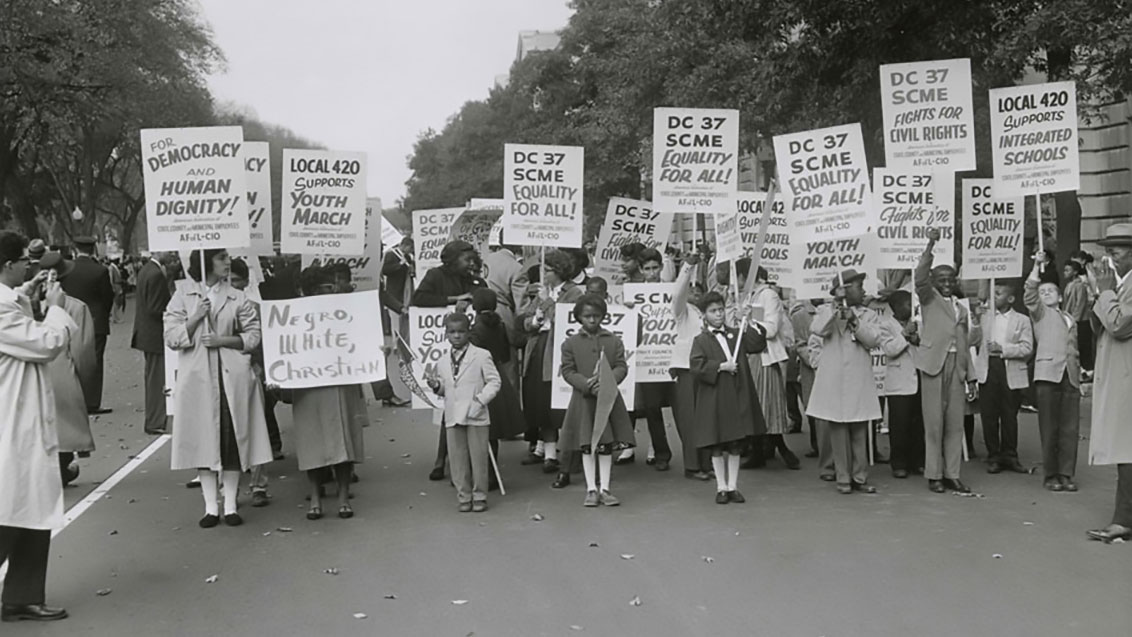
April 18, 1959

About 26,000 students took part in the Youth March for Integrated Schools in Washington, D.C. They heard speeches by Martin Luther King Jr., A. Phillip Randolph and NAACP leader Roy Wilkins.
In advance of the march, false accusations were made that Communists had infiltrated the group. In response, the civil rights leaders put out a statement: “The sponsors of the March have not invited Communists or communist organizations. Nor have they invited members of the Ku Klux Klan or the White Citizens’ Council. We do not want the participation of these groups, nor of individuals or other organizations holding similar views.”
After the march, a delegation of students went to present their demands to President Eisenhower, only to be told by his deputy assistant that “the president is just as anxious as they are to see an America where discrimination does not exist, where equality of opportunity is available to all.”
King praised the students, saying, “In your great movement to organize a march for integrated schools, you have awakened on hundreds of campuses throughout the land a new spirit of social inquiry to the benefit of all Americans.”
This article first appeared on Mississippi Today and is republished here under a Creative Commons Attribution-NoDerivatives 4.0 International License.![]()
-

 Mississippi Today6 days ago
Mississippi Today6 days agoLawmakers used to fail passing a budget over policy disagreement. This year, they failed over childish bickering.
-

 Mississippi Today6 days ago
Mississippi Today6 days agoOn this day in 1873, La. courthouse scene of racial carnage
-

 Local News7 days ago
Local News7 days agoAG Fitch and Children’s Advocacy Centers of Mississippi Announce Statewide Protocol for Child Abuse Response
-

 Local News6 days ago
Local News6 days agoSouthern Miss Professor Inducted into U.S. Hydrographer Hall of Fame
-

 News from the South - Alabama News Feed4 days ago
News from the South - Alabama News Feed4 days agoFoley man wins Race to the Finish as Kyle Larson gets first win of 2025 Xfinity Series at Bristol
-

 News from the South - Alabama News Feed5 days ago
News from the South - Alabama News Feed5 days agoFederal appeals court upholds ruling against Alabama panhandling laws
-

 Our Mississippi Home7 days ago
Our Mississippi Home7 days agoFood Chain Drama | Our Mississippi Home
-

 News from the South - North Carolina News Feed7 days ago
News from the South - North Carolina News Feed7 days agoHelene: Renewed focus on health of North Carolina streams | North Carolina













